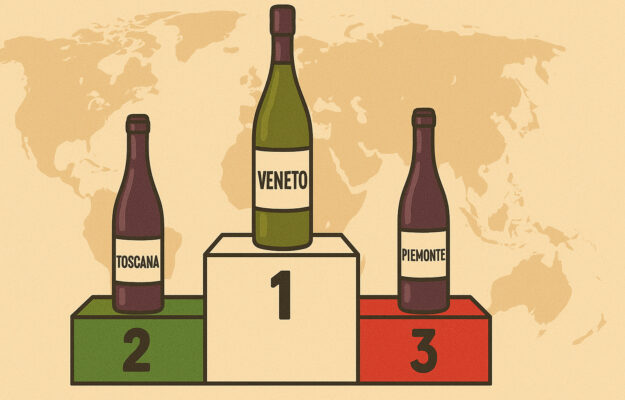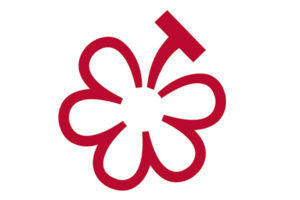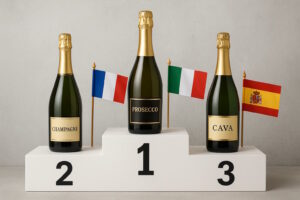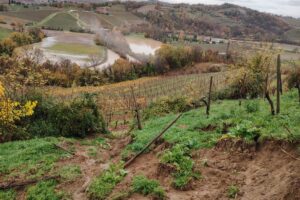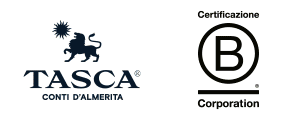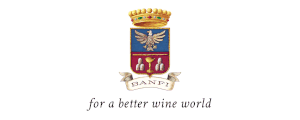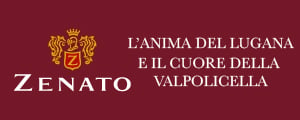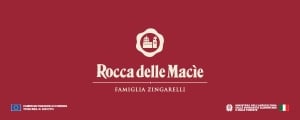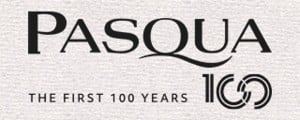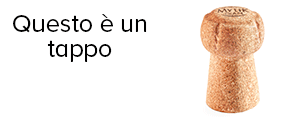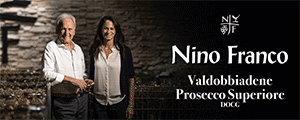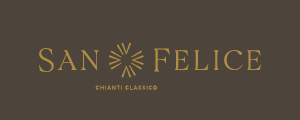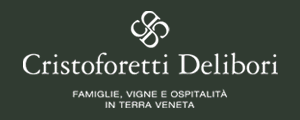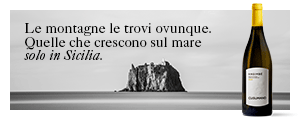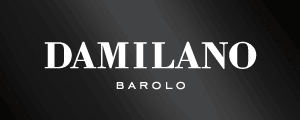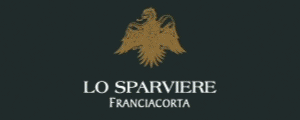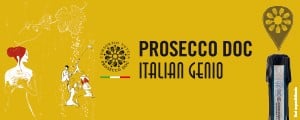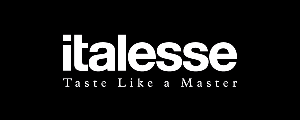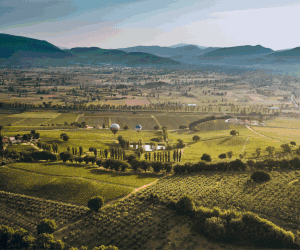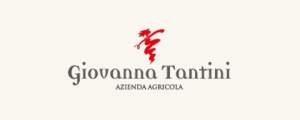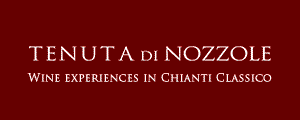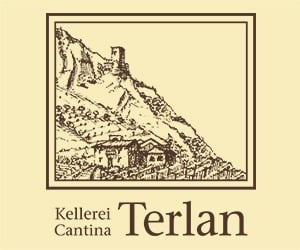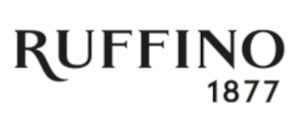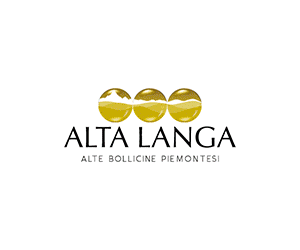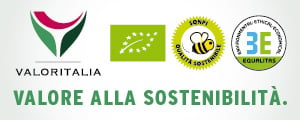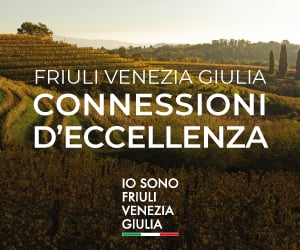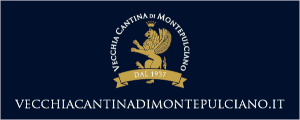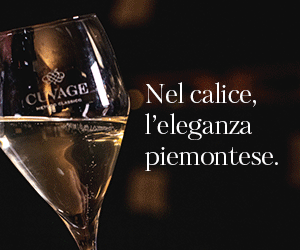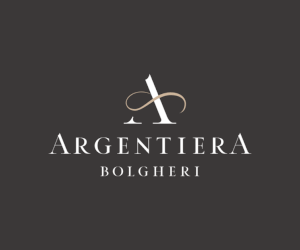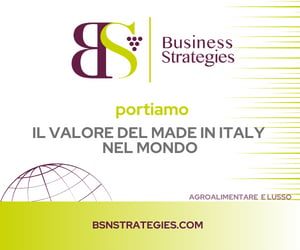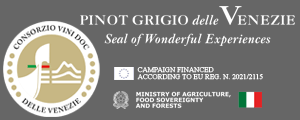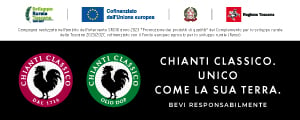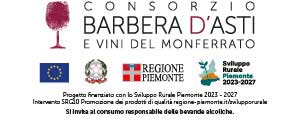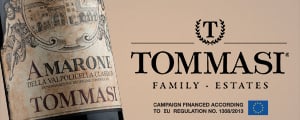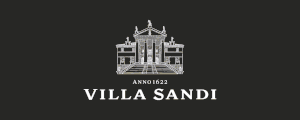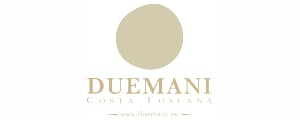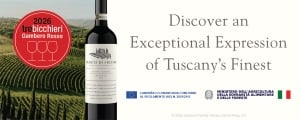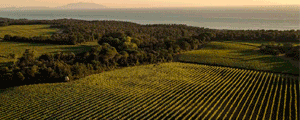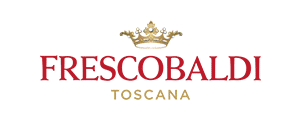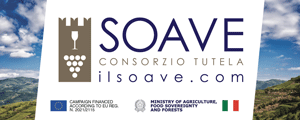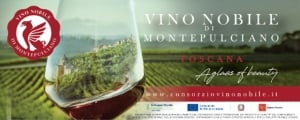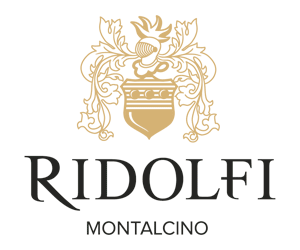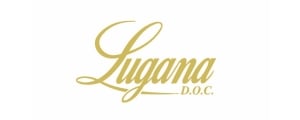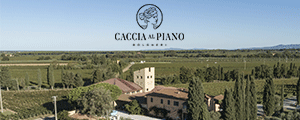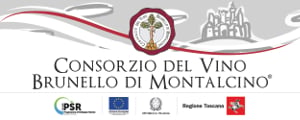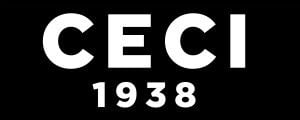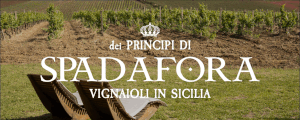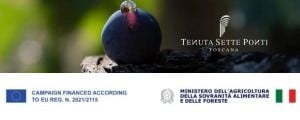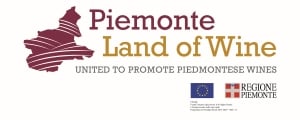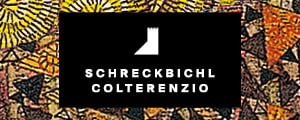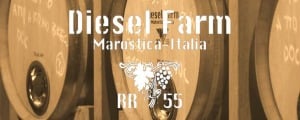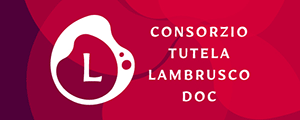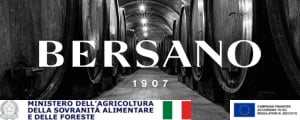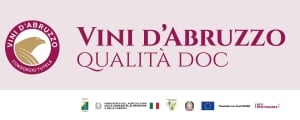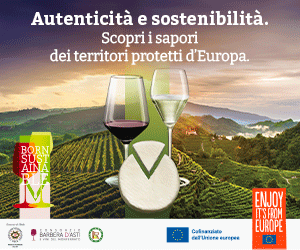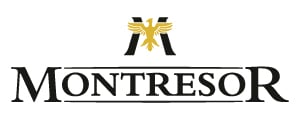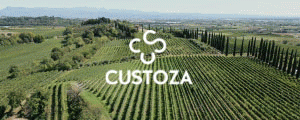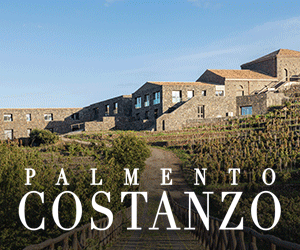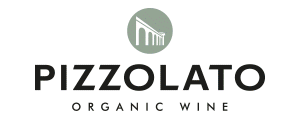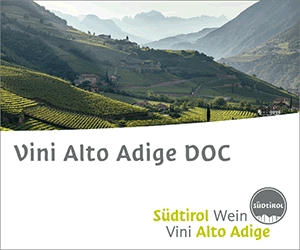Despite the difficulties deriving from climate conditions and shifting consumption patterns, as well as uncertainties caused by geopolitical tensions and economic decisions - see U.S. Tariffs - Italian wine exports closed the first half of 2025 not far from the figures recorded in the first half of 2024, which was a record-breaking year for the sector. Specifically, exports were down just -0.47% in value, totaling 3.8 billion euros, and -3.1% in volume, exceeding one million liters. A result, which, waiting for official shipment data following the introduction of 15% tariffs in a key market like the U.S. (which remains the leader, with Canada showing strong growth), indicates that Italian wine has, at least for now, held its appeal, maintaining its appeal in international markets. A noteworthy figure is that of sparkling wines, which, despite a slight decline (-0.4% in value), still reached 1 billion euros, while volumes turned positive at 254.1 million liters (+0.1%). It’s no surprise, then, that Veneto, home of the Prosecco “phenomenon”, as well as Valpolicella, Soave, Pinot Grigio delle Venezie, and not only, confirms its role as the driving force behind Italian wine and exports once again, with 1.4 billion euros in value, up +1.5% compared to the first half of 2024, a year which ended with a “significant” 36.8% share of total Italian wine exports. This is according to Istat data analyzed by WineNews in the “stock exchange” of wine regions, which show Veneto’s share compared to the national total rising to 37.1%.
At position No. 2, there is Tuscany, one of Italy’s top red wine regions, with 588 million euros, remaining essentially stable (-1%) compared to the data of the first half of 2024. Tuscany is the land of Chianti Classico and Bolgheri, Igt Toscana and Chianti, Maremma and Brunello di Montalcino, Vino Nobile di Montepulciano, and also of “white queen” Vernaccia di San Gimignano, accounting for 15.2% of national exports. Completing the podium, there is Piedmont, home to Barolo and Barbaresco, Barbera d’Asti and Alta Langa, Gavi and Asti, among others, which reached 553 million euros in the first six months of 2025, down -2.2% compared to the same period in 2024, with regional exports representing 14.3% of the national total. Together, Veneto, Tuscany, and Piedmont accounted for 66.6% of Italy’s wine exports in the first half of 2025, two-thirds of the total.
Following the “top 3”, there is South Tyrol, known for its great white wines and Trentodoc with 302 million euros (-2.8%), and, in the “top 5” by export value, Emilia-Romagna home to Lambrusco and Sangiovese di Romagna, at 193 million euros, showing a significant decline compared to the first half of 2024 (-16.6%), is confirmed. Lombardy, the land of Franciacorta and not only, saw notable growth to 164 million euros (+9.1%), as the Abruzzi did, with its Montepulciano d’Abruzzo, Trebbiano, and Cerasuolo, reaching 121 million euros (+1.8%), but also Friuli Venezia Giulia, another region known for its white wines, starting with the great wines of Collio, also grew to 118 million euros (+15.2%), ahead of Puglia, a region with a rich winemaking tradition including Primitivo and more, which rose by +5.7% to 114 million euros always in the first half of 2025. Closing the “top 10” with a positive result, there is Sicily, one of the pillars of Italian wine, with its many territories, from the “diamond” Etna to Vittoria, from Menfi to Noto, from Marsala to Pantelleria: 83 million euros in value in the first six months of 2025 (+4.8%).
Copyright © 2000/2025
Contatti: info@winenews.it
Seguici anche su Twitter: @WineNewsIt
Seguici anche su Facebook: @winenewsit
Questo articolo è tratto dall'archivio di WineNews - Tutti i diritti riservati - Copyright © 2000/2025










